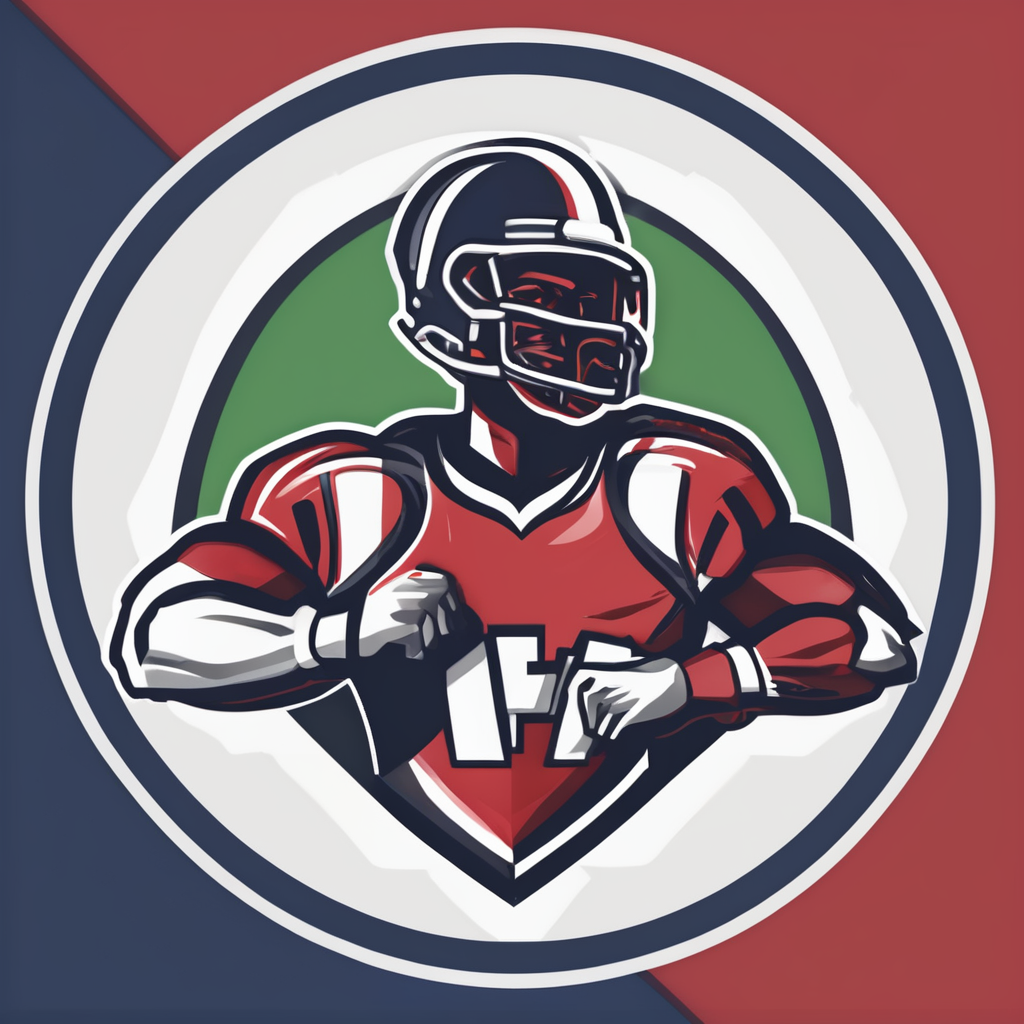Overview of Basketball Training Techniques
Developing expertise in basketball requires understanding the nuances of different training environments and methods. One crucial aspect is tailoring strategies to specific court surfaces, which can significantly enhance performance. For top UK basketball athletes, training is often designed to address the unique demands of each surface.
When it comes to Advanced Basketball Training Techniques, athletes benefit from training protocols that utilize diverse exercises. These methods not only improve fundamental skills but also adapt to the court surface’s unique challenges, offering a comprehensive approach to basketball training.
Also to discover : UK Basketball Players: Proven Off-Season Training Techniques to Maintain Peak Focus
Cross-training, which involves incorporating a variety of exercises, proves beneficial across different surfaces. On hardwood courts, for example, dynamic drills are used to develop agility and speed, fostering an athlete’s ability to perform swift lateral movements. On concrete courts, endurance and vertical jumping skills are emphasized, helping players adjust to the harder surface. Meanwhile, synthetic courts offer a higher grip, influencing training techniques to enhance skill development and teamwork.
By adopting a comprehensive approach that considers the court surface, athletes can optimize their performance and reduce injury risk, ultimately achieving a higher level of skill and resilience in their sport.
Also to discover : Ultimate Guide: Best Agility Ladder Drills for UK Basketball Players
Training on Concrete Courts
Concrete Court Training Techniques introduce unique challenges due to the hardness of the surface. These conditions necessitate specific adaptations in drills and methodologies, focusing heavily on endurance and vertical jump development. Given the rigid nature of concrete, drills designed to enhance stamina are crucial. These typically incorporate repetitive high-intensity running coupled with jumping exercises to build muscle resilience and cardiovascular endurance.
Adaptation of Drills
Training on concrete requires modifications to standard footwork and agility routines. This might include using agility ladders for precise, controlled movements, which facilitate improved balance and coordination. The surface’s impact on joints necessitates techniques that minimize injury risks, promoting durability in an athlete’s performance over time.
Athlete Perspectives
UK basketball players often compare the physical demands of concrete and hardwood courts. Concrete tends to be less forgiving, highlighting the importance of proper form and technique. Athletes share tips on optimizing performance through targeted exercises and recovery practices.
Recovery and Rehabilitation
Post-training recovery is crucial, and incorporating stretches targeting lower body and calve muscles can significantly mitigate strain. Exercises such as foam rolling and using resistance bands are highly recommended for alleviating muscle tension after concrete court sessions.
Training on Hardwood Courts
Training on hardwood courts presents specific requirements due to the surface’s properties, which necessitate targeted approaches for skill enhancement and injury prevention.
Specific Drills for Hardwood
Hardwood Court Training Techniques focus on improving agility and speed through dynamic drills. Such drills enhance lateral movements, vital for basketball, enabling quick changes in direction. These sessions often include agility ladders and cone drills to refine an athlete’s footwork.
Ball handling exercises are crucial in developing shooting accuracy and maintaining control during rapid maneuvers. Integrating these exercises within the training routine ensures a comprehensive skill set, pivotal for game scenarios.
Coaching Insights
Top UK coaches emphasize optimizing each training session to ensure maximal benefit from hardwood-specific workouts. Athlete testimonials highlight the importance of consistency and practice, naming common mistakes such as overtraining or insufficient warm-ups as pitfalls to avoid.
Injury Prevention Strategies
Reducing injury risk on hardwood is critical. Coaches focus on proper techniques and the importance of wearing shoes designed to cushion impacts, decreasing stress on joints. Tailored warm-up routines, including dynamic stretching, prepare athletes for the demands of hardwood surfaces, enhancing durability and safety.
Training on Synthetic Surfaces
The unique grip of synthetic courts informs specific training techniques that enhance skill development and teamwork. Athletes might engage drills focusing on precision passing and fast-paced dribbling. These drills leverage the grip to improve control, assisting players in mastering plays swiftly.
Best Practices for Drills
Designing workouts for synthetic surfaces involves creating strategies that exploit this surface’s grip to bolster player agility and coordination. Drills prioritising quick changes in direction and ball handling are integrated into protocols, fostering an environment that nurtures both individual aptitude and collective play prowess. Moreover, this encourages a balanced approach to developing both personal and team skills.
Role of Technology in Training
Technological advancements play a crucial role in refining training methods on synthetic courts. Tools like wearable tech and performance tracking apps offer detailed analytics on player performance. These insights are invaluable for tailoring training sessions to maximise athletes’ capabilities. Video analyses further supplement these findings, providing visual feedback that can be pivotal for refining techniques.
Performance Enhancements
Athletes training on synthetic courts benefit from targeted nutritional support, ensuring they maintain optimum energy levels. Psychological preparation, tailored for this versatile environment, enhances focus and resilience, vital for consistent performance. Prioritising flexibility and strength development is essential, adapting athletes to various conditions encountered during play.
Conclusion and Next Steps for Athletes
For athletes striving to achieve excellence, embracing Future Training Strategies is essential. It is crucial to stay informed about the latest advancements and educate oneself in innovative training methodologies. Ongoing education allows athletes to refine their techniques and adapt to the ever-evolving demands of basketball.
Access to advanced training materials and workshops offers opportunities for skill enhancement. These resources are invaluable for athletes aiming to fine-tune their abilities, especially when coping with varying court surfaces. Workshops led by experienced professionals provide hands-on insights, guiding athletes in honing their technical skills and strategic thinking.
Building a community among UK basketball athletes encourages peer learning and support. This collective approach fosters an environment where athletes can share experiences, techniques, and training insights. Collaboration and networking within the basketball community contribute to a broader understanding of effective training practices.
As athletes look toward the future, embracing these strategies ensures they remain competitive and resilient. By prioritizing education, accessing diverse resources, and engaging in community building, athletes can continually evolve and reach their fullest potential on the court.
